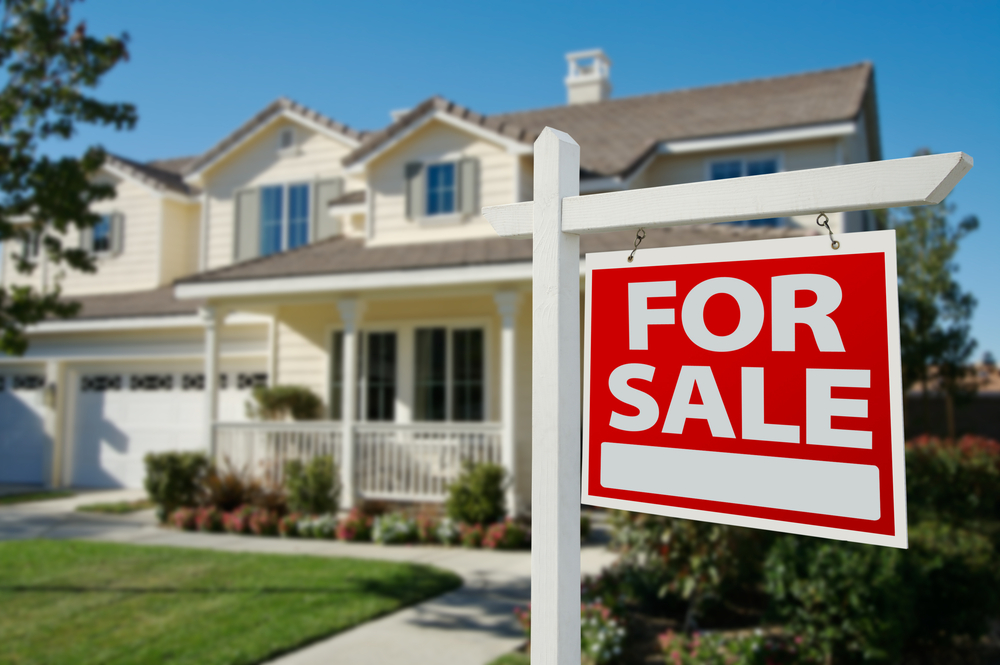Decoding the Zestimate: Why It Might Seem Too High or Too Low
You’ve just checked your home’s Zestimate on Zillow and you’re either pleasantly surprised, a bit shocked, or perhaps even bewildered. If the figure isn’t what you expected, you’re not alone. Understanding the reasons behind such variances can shed light on the intricacies of the real estate market and online valuation tools. Let’s unpack why your Zestimate might seem off the mark.
What Exactly Is a Zestimate?
First, it’s crucial to grasp what a Zestimate is—and what it isn’t. The Zestimate is Zillow’s home valuation model that provides an estimated market value for a property. It’s generated using a mix of public property records, recent home sales, tax assessments, and proprietary algorithms.
Factors Influencing Zestimate Discrepancies
- Freshness of Data: The real estate market is dynamic. A home’s value can change rapidly depending on various factors. If there’s been a recent spike or dip in local property sales or if Zillow hasn’t accessed the most recent sales data, the Zestimate might not reflect the current market rate.
- Unique Home Features: Homes with unique features or recent upgrades might not be adequately accounted for by the Zestimate. For instance, if you’ve added a state-of-the-art home theater or a luxury pool and this hasn’t been factored into public records, the Zestimate might undervalue your home.
- Local Market Knowledge: While Zillow utilizes a vast amount of data, it might not have in-depth information on every local market. In areas where property transactions are less frequent or data is scarcer, estimates can be more off-target.
- Algorithm Limitations: No algorithm is perfect. The model Zillow uses is based on data points, and while it’s sophisticated, it can’t account for the nuanced factors a human might consider. Factors like curb appeal, interior design choices, or the subjective feeling of a home can play significant roles in its valuation.
- Public Record Errors: If there’s an error in the public records regarding your home—like the wrong number of bedrooms or incorrect square footage—it can significantly impact your Zestimate.
Using Zestimates Wisely
- Starting Point, Not Endpoint: Always consider the Zestimate as a starting point in gauging your home’s value. It’s a tool to give you a ballpark figure rather than an exact valuation.
- Seek Professional Valuation: If you’re serious about selling or just want a more precise valuation, consider hiring a professional appraiser or getting a comparative market analysis (CMA) from a realtor. They can factor in the nuanced details of your home and offer a more accurate assessment.
- Update Home Details: Zillow allows homeowners to update details about their home, which can potentially make the Zestimate more accurate. If you’ve made significant upgrades or the platform has outdated info, make sure to update your home’s details on Zillow.
Conclusion
While Zestimates offer valuable insights and are grounded in vast amounts of data, they are not infallible. The world of real estate valuation is complex, nuanced, and ever-evolving. If your Zestimate seems too high or too low, understanding the factors at play can give you a clearer picture and guide your next steps in the property journey.
Celester Thomas




